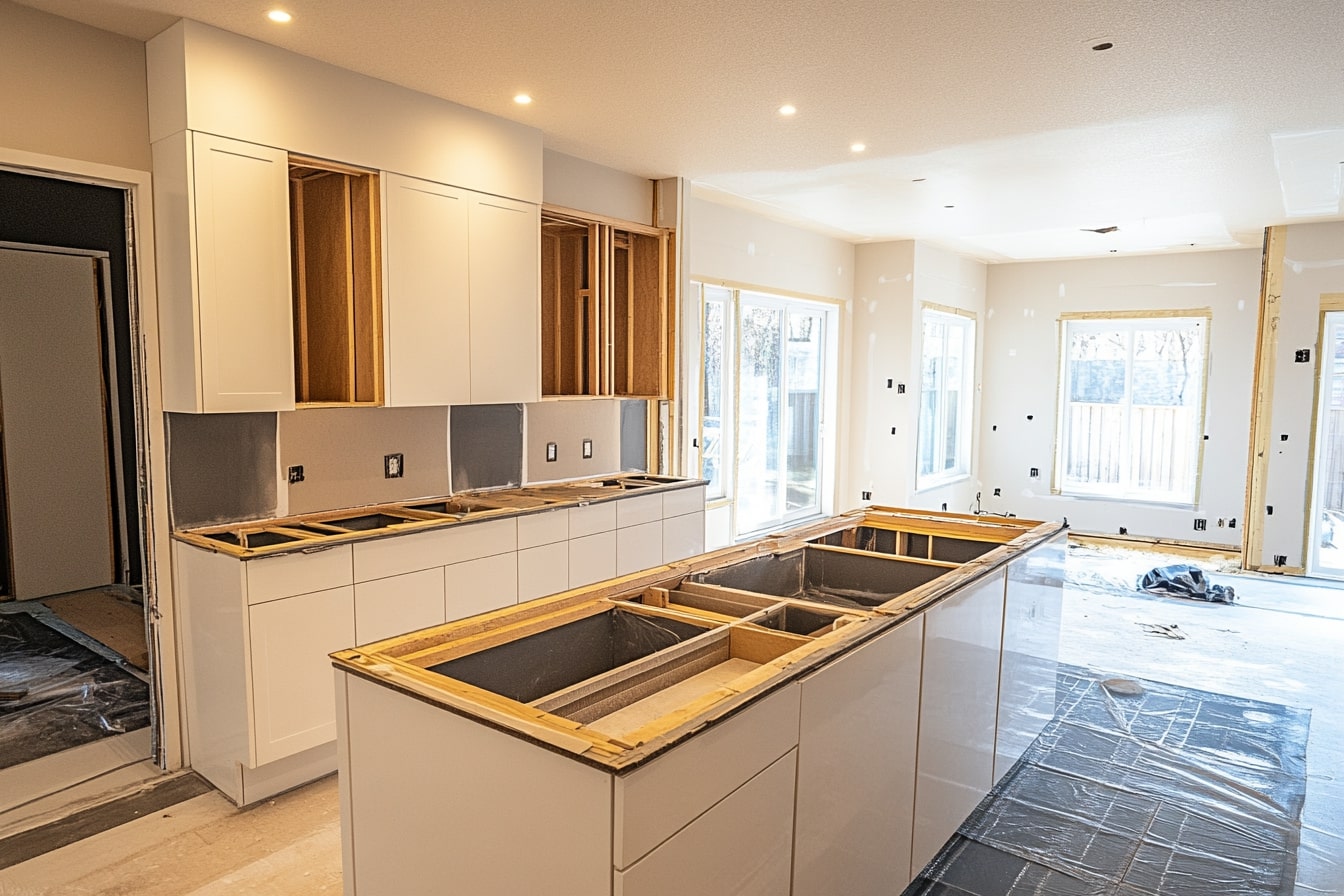Smart Ways to Buy Unsold Kitchen Cabinets and Save Money
Kitchen renovations can be expensive, but savvy homeowners have discovered a cost-effective solution: purchasing unsold kitchen cabinets. These cabinets, often surplus inventory from manufacturers, showroom displays, or canceled orders, offer significant savings without compromising quality. Understanding how to find, measure, and customize these cabinets can transform your kitchen while staying within budget.

How to Find and Purchase Unsold Kitchen Cabinets
Finding unsold kitchen cabinets requires knowing where to look and what to ask for. Start by contacting local cabinet manufacturers directly, as they often have excess inventory from overruns or canceled orders. Many manufacturers maintain a list of customers interested in surplus cabinets and will contact you when suitable options become available.
Kitchen showrooms frequently update their displays and sell previous models at reduced prices. These display cabinets are typically in excellent condition and come with hardware already installed. Visit showrooms during renovation seasons when they’re most likely to refresh their displays.
Online marketplaces and classified ads can yield excellent finds, but exercise caution when purchasing from individuals. Inspect the cabinets thoroughly for damage, ensure all components are included, and verify measurements before finalizing any purchase. Some retailers also offer clearance sections on their websites featuring discontinued or overstocked items.
Tips for Measuring Your Space Before Purchasing Unsold Inventory
Accurate measurements are crucial when purchasing unsold cabinets since returns or exchanges are typically not possible. Begin by measuring your kitchen’s wall space from floor to ceiling and corner to corner. Document the locations of electrical outlets, plumbing fixtures, windows, and doors, as these will affect cabinet placement.
Create a detailed floor plan showing the exact dimensions of your kitchen layout. Include measurements for any obstacles like radiators, vents, or structural elements that might interfere with cabinet installation. Professional contractors recommend measuring twice and allowing for a quarter-inch gap on each side for proper installation.
Consider the standard cabinet dimensions when evaluating your space. Base cabinets typically measure 24 inches deep and 34.5 inches high, while wall cabinets are usually 12 inches deep with varying heights. Understanding these standards helps determine if unsold cabinets will fit your space without extensive modifications.
Customizing Unsold Cabinets To Fit Your Kitchen Layout
Most unsold cabinets require some customization to fit perfectly in your kitchen. Simple modifications like adjusting shelf heights, adding filler strips, or trimming doors can often be done at home with basic tools. For more complex alterations, consider hiring a professional carpenter to ensure proper fit and finish.
Filler strips are essential for creating seamless installations when cabinets don’t perfectly match your wall dimensions. These thin pieces of matching wood close gaps between cabinets and walls or between adjacent cabinet units. Many suppliers sell filler strips separately, or you can have them custom-made to match your cabinet finish.
Hardware updates can dramatically change the appearance of unsold cabinets. Replacing knobs, handles, and hinges allows you to customize the style to match your kitchen’s aesthetic. Consider soft-close hinges and drawer slides for a more premium feel, especially if the original hardware lacks these features.
| Cabinet Type | Typical Source | Price Range | Potential Savings |
|---|---|---|---|
| Base Cabinets | Manufacturer Surplus | $150-$400 per unit | 30-50% off retail |
| Wall Cabinets | Showroom Display | $100-$300 per unit | 25-40% off retail |
| Pantry Cabinets | Canceled Orders | $300-$800 per unit | 40-60% off retail |
| Complete Sets | Contractor Surplus | $2,000-$8,000 per kitchen | 35-55% off retail |
Prices, rates, or cost estimates mentioned in this article are based on the latest available information but may change over time. Independent research is advised before making financial decisions.
Installation Considerations for Unsold Kitchen Cabinets
Installing unsold cabinets often requires more planning than standard installations since the cabinets weren’t specifically designed for your space. Professional installation is recommended for complex layouts or when structural modifications are needed. However, experienced DIY enthusiasts can handle straightforward installations with proper tools and preparation.
Before installation begins, verify that all cabinets are present and in good condition. Check for matching finishes, proper door alignment, and functioning hardware. Address any issues before installation to avoid delays or complications during the process.
Proper support is crucial for upper cabinets, especially when dealing with older or display models that may have experienced wear. Locate wall studs and use appropriate fasteners to ensure secure mounting. Consider the weight of the cabinets when loaded with dishes and food items.
Quality Assessment and Warranty Considerations
When purchasing unsold kitchen cabinets, carefully evaluate the construction quality and finish condition. Solid wood cabinets generally offer better longevity than particleboard alternatives, though both can provide excellent value when properly maintained. Inspect joints, drawer mechanisms, and door hinges for signs of wear or damage.
Warranty coverage for unsold cabinets varies significantly depending on the source. Manufacturer surplus may include limited warranty coverage, while showroom displays or individual sales typically offer no warranty protection. Factor this into your decision-making process and budget for potential repairs or replacements.
Document the condition of cabinets upon purchase with photographs and written descriptions. This information proves valuable if issues arise later and helps when seeking repair services or replacement parts from the original manufacturer.
Purchasing unsold kitchen cabinets represents an excellent opportunity to achieve a high-quality kitchen renovation at a fraction of the typical cost. Success depends on thorough research, accurate measurements, and realistic expectations about customization requirements. With proper planning and execution, these cabinets can provide the same functionality and aesthetic appeal as full-price alternatives while leaving room in your budget for other kitchen improvements.




